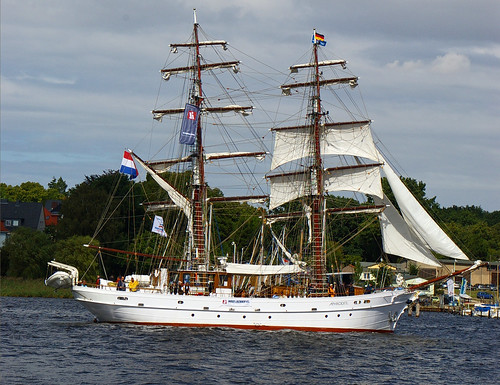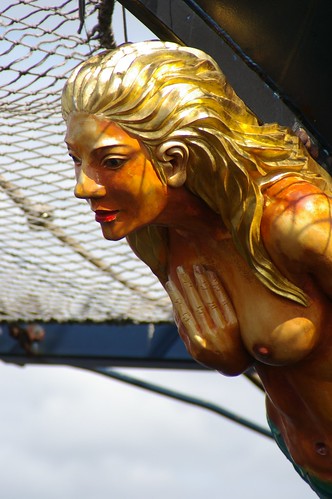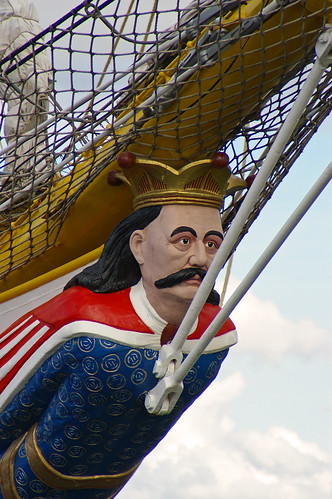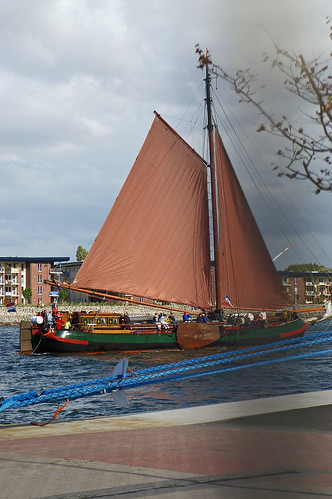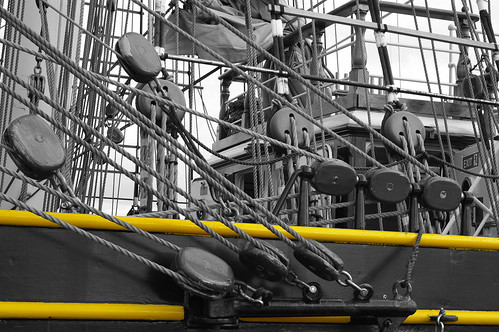**Update: November 14, 2011 ** Sorry, once again, Some Germans are being “stereotypically” German….. Someone at the bunker sent me a nastygram, telling me that I have to take down ALL the photos I took at this place, and remove all reference to the bunker – even though they were being used for my use only, and I wasn’t making any money off of them. How dare I… take a paid for a tour which allows pictures – so take pictures and dare to use them…to publish a review, provide history, and document the place
Wouldn’t it just be more simple to ban the cameras and photography from the start than to get a burr up your butt and cause hassle for everyone? Oh wait.. that’d make sense. **
The End of September, I took the day off and headed up to an old cold war bunker that was offering tours through it. It has taken me just over a month to get the photographs edited and uploaded (my apologies) but they’re up now at:
if you’d like to check them out.
A brief history of this huge 3 story underground bunker near Berlin can be found on the website:
But here’s information from the site:
With the fall of the Wall in 1989 the bunker lost its significance almost overnight. Shortly afterwards, it was taken over by the Bundeswehr, the (West) German armed forces. However, since the presence of the bunker was now public knowledge and was not deemed suitable for the Bundeswehr, it was closed in 1993. Some of the equipment and fittings were removed up until April 1993, some of the larger machines sold (primarily, the five diesel generators) and then the access was sealed with a thick concrete wall. The life of the bunker thus came to an end and in 2003 the bunker was declared a historical building, and rightly so.
The page then goes on to say:
The bunker was officially sealed up in April 1993 once the Bundeswehr no longer needed it. Before it was sealed, hazardous materials were removed as were several items of equipment, in particular, office fittings such as tables, cupboards, office equipment, etc. While the technical equipment in the bunker can no longer actually operate, it is, to a great extent, still there.
In the middle of 2002, the bunker was opened up illegally after almost 10 years by means of a hole being made in the concrete seal which had been cast in the access tunnel. During the next 18 months, the bunker was repeatedly re-sealed and just as often re-opened. Unfortunately, vandals and scrap metal thieves also got to know about the bunker. As a result, the theft of various metals, especially the copper from the numerous large cables) led to the final demise of the equipment remaining in the bunker. In addition, parts were removed from countless machines – presumably for their spare-parts value – which the made it impossible to restore the affected equipment. The bunker was facing its final days. However, at the end of 2003 two organisations, the Berlin Bunker Network (BBN) and the Berlin forestry association, sealed up the access to the tunnel in a joint action and also the original site of the concrete seal.
By the end of 2004, entry to the bunker had been achieved yet again. It was obvious that preservation of the bunker and relevant health and safety regulations could not be maintained using normal methods. BBN developed a concept at the beginning of 2005 to secure the bunker properly. Access holes were sealed yet again and an additional security door was added (Fig. left. Source: dpa, Berliner Kurier). This made it possible to obtain rapid access in an emergency and also allowed the police to get in following a break-in. Further security measures were developed and put into practice. Since then, the number of break-ins has dropped dramatically and practically anyone trying to break in was caught in the act by the police.
The 5001 bunker is really like a mini-town which could function independently for some 14 days. In addition to the water, air and electrical supplies, there were also air-conditioning systems, washing and toilet facilities, a medical centre with an emergency operations room, a decontamination area and a large kitchen available. Up to 400 personnel could have survived for two weeks.
I hope you’ll check out the photographs, and stop to think about what would have happened if this bunker had been needed.

